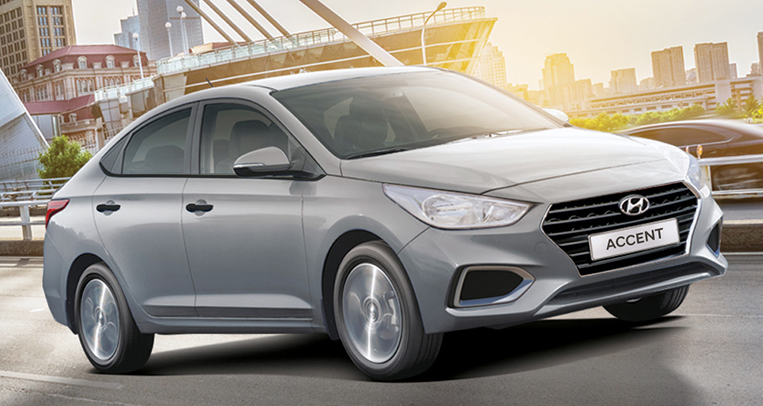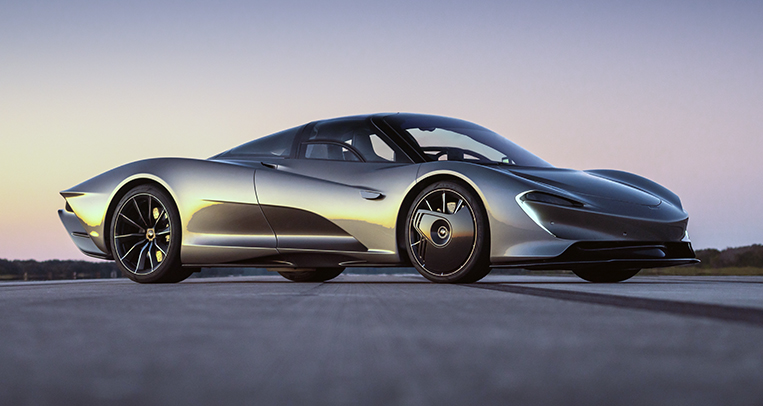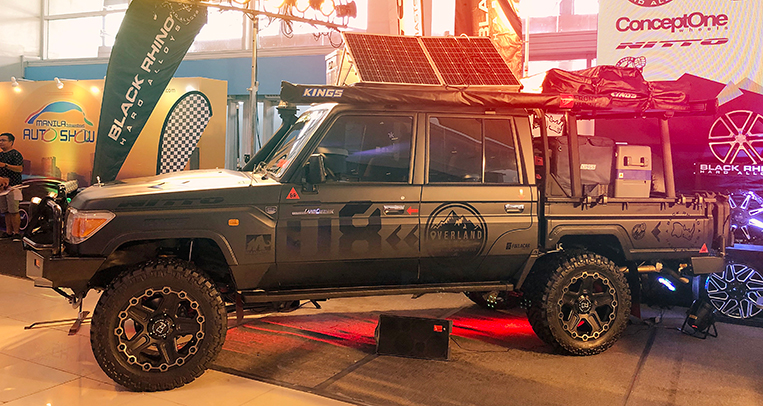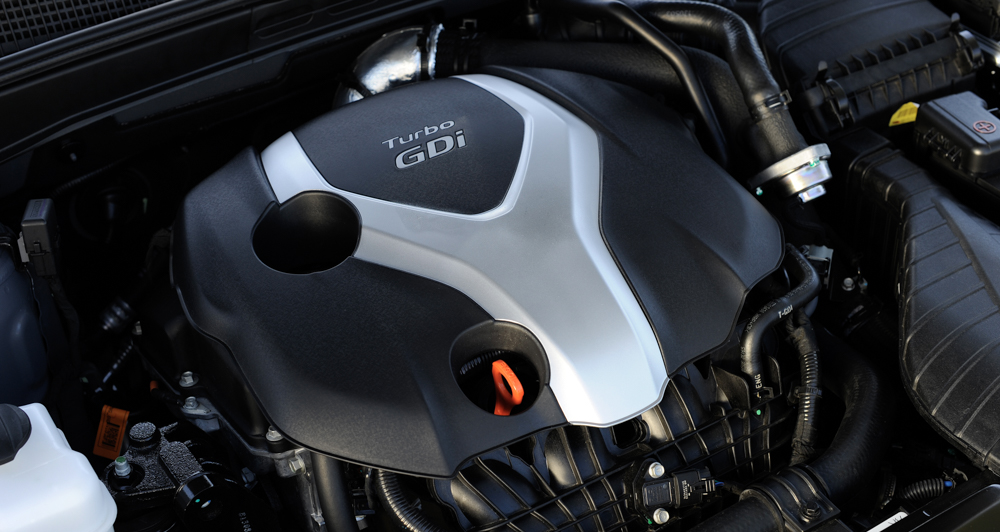
One of the most interesting things in the world of automotive marketing is the use of the term “all-new,” which we often see attached to the make-and-model nomenclature of new vehicles arriving in our market.
All-new Honda Civic!
All-new Nissan Terra!
All-new Toyota Vios!
All-new Hyundai Accent!
And then some smart aleck will scream misrepresentation (at best) or fraud (at worst) on social media, saying that the car cannot be called “all-new” because it still has the same engine as the model it’s replacing.
Well, if what he’s saying is true, he’s technically correct. Because if you think about it, you can’t call an automobile “all-new” if a part of it is a hand-me-down from its predecessor. “Let’s call the car new, but not all-new,” he’ll demand.
But it’s industry practice to call a next-generation model “all-new” even if it doesn’t have a new engine. With many automakers, as long as the car has a completely new exterior based on a new platform, it’s already classified as a “full model change.”
The truth is that you will rarely see a car—if any—that is 100% all-new. New vehicles all have components in them that have been sourced from the parts bins of the brand’s existing models. Although admittedly, some of these borrowed parts are more crucial than the others (the most crucial one being the engine, obviously).
A good case in point would be the Toyota Vios launched in July this year. It has a new exterior and a new interior, but keeps the same NR-series Dual VVT-i engines inherited from the previous model. The same can be said for the just-unveiled Hyundai Accent, which is apparently still equipped with the same pair of gasoline and diesel powerplants that propelled the outgoing model, and yet was proudly billed as “all-new” at Hyundai Philippines’ grand media event last night.
Many won’t like this fact. In the minds of countless buyers, familiarity isn’t exciting and hence cannot command a premium. I don’t think this attitude is unique to Filipino shoppers. I believe it’s a universal thing among global consumers—the negative perception given to products with parts or features that aren’t novel. Take smartphones, for instance. The iPhone 8 didn’t appeal to some because it sported the exact same exterior dimensions of the iPhone 7. Combine this with an identical front part as well as similar camera lenses, and you have many Apple fans having a hard time parting with their money for something that looks a lot like the model before it (even if the iPhone 8 boasts a new and faster processor). We all want our stuff—especially expensive stuff—to be TOTALLY NEW. Anything less and we feel shortchanged. Which then affects our overall satisfaction with the product (even if said product is functioning perfectly and serving us faithfully).
We all want our stuff—especially expensive stuff—to be totally new. Anything less and we feel shortchanged
Surely, this consumer preference for “all-new” must be well-known among the biggest companies in the automotive business. So how come they still introduce cars that have carryovers on the spec sheet? For example, why didn’t Toyota just wait for the release of the new Vios before giving the above-mentioned NR-series Dual VVT-i engines to the world? Why did the Japanese manufacturer have to shoehorn these motors into a model that was already winding down and nearing its retirement anyway? A regional industry executive explained it to me in simple terms: “There’s a global manufacturing chain that is being followed. You can’t keep a key component from reaching the assembly line just because you want to be cute when the new model arrives.”
So, to answer the question: Does it really matter if a car sitting on the showroom floor isn’t 100% new? To me, it doesn’t. I’m not an early adopter (or someone who purchases a product as soon as it comes out). I’m scared of bugs and mechanical gremlins. I like to tell people that the VERY BEST VERSION of a car is the one that hits the market toward the end of the vehicle’s model cycle. You can bet that this version has already been fixed and refined and upgraded. A new car with a tried-and-tested engine is a car that will likely not give you a headache. The only customers who have a legitimate right to complain are those who already own the previous model, because then the new car won’t offer an engine performance improvement over their last ride. And that’s not really fair (unless, of course, they’re super happy with the old engine and they just want a new-looking exterior).
But that’s me. My definition of “all-new” isn’t literal. My suggestion? Just stop using the term as a marketing tool if it’s not true to the letter. It’s called managing expectations, if I’m not mistaken.











Comments